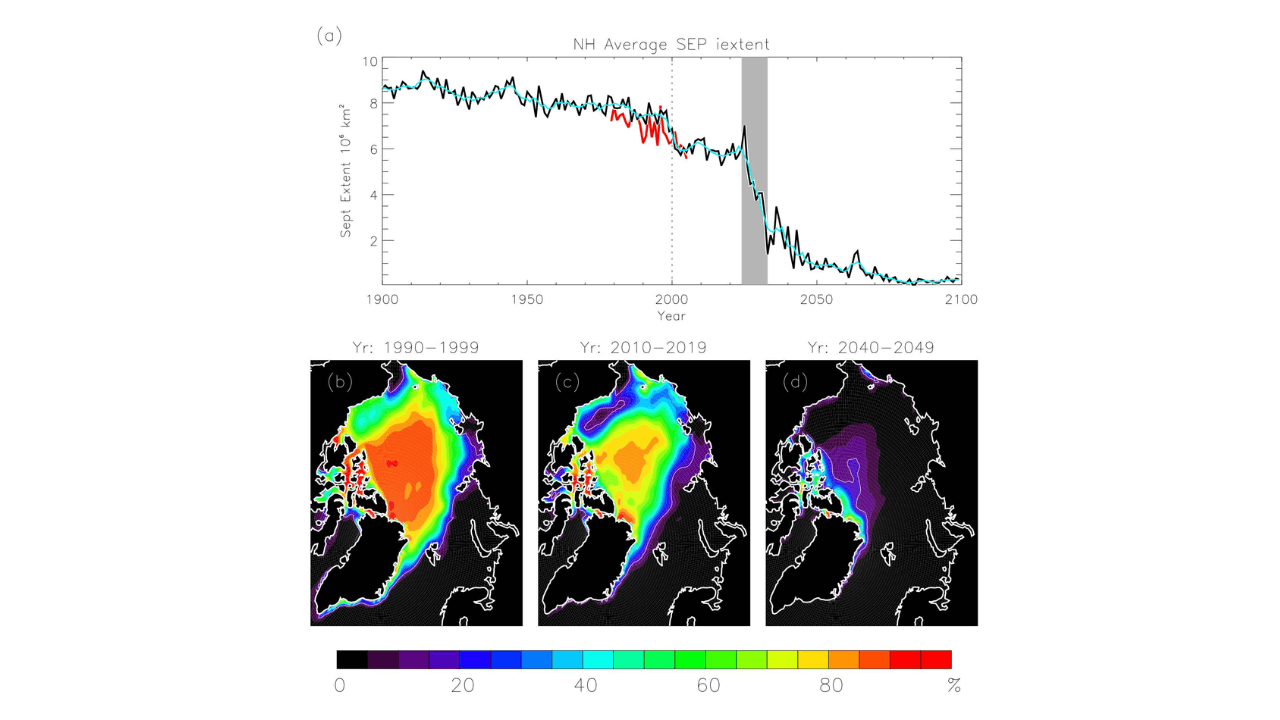In a worrisome development, Antarctica’s sea ice has experienced a significant reduction, with its extent reaching approximately 14.2 million sq. km on July 25th. This is notably lower than the usual extent of around 16.7 million sq. km for this time of the year. The shrinking sea ice has been an ongoing concern, urging us to examine the contributing factors and potential consequences on the environment and climate change.
The Current Situation: Declining Sea Ice
As of July 25th, Antarctica’s sea ice extent stands at about 14.2 million sq. km, showing a considerable deviation from the expected normal extent of 16.7 million sq. km for this year. This translates to a loss of about 2.6 million sq. km of sea ice compared to the average during the satellite era.

A Disturbing Trend
The declining sea ice in Antarctica is part of a larger trend that has been unfolding over the years. Particularly, since 2015, there has been a notable decrease in winter sea ice extent, in contrast to the record highs observed between 2012 and 2014. This persistent pattern prompts a closer examination of the factors contributing to the diminishing sea ice cover.
Contributing Factors: Causes of Reduced Sea Ice
Multiple factors play a role in the reduced sea ice extent in Antarctica:
- Northern Hemisphere Warming: Rising temperatures in the northern hemisphere impact Antarctica’s climate and contribute to the reduction in sea ice cover.
- Transport of Warm Air: The transport of warm air from northern regions to Antarctica adds to the decline in sea ice cover.
- Southern Ocean and Climate Change: The southern ocean surrounding Antarctica normally freezes to form sea ice during peak winter (September or early October) and melts during summer (December to February).
Implications and Climate Change
The decreasing sea ice in Antarctica has significant implications for the environment and climate change:
- Environmental Impact: The record low sea ice levels pose potential threats to marine life adapted to colder temperatures. Warmer waters can disrupt ecosystems and affect marine biodiversity.
- Accelerated Melting and Glacier Thinning: Reduced sea ice can accelerate the melting and thinning of glaciers, leading to rising sea levels.
- Sea Level Rise: Melting ice from Antarctica and other sources contributes to rising sea levels, which have already increased by 21-24 centimeters since 1880, as reported by the National Aeronautics and Space Administration (NASA).
- Coastal Areas and Human Settlements: Continued ice loss from Antarctica could worsen sea level rise, impacting coastal areas and human settlements worldwide.
Conclusion
The decline in Antarctica’s sea ice is an alarming trend that demands attention and action. Understanding the contributing factors and potential consequences is essential in addressing the challenges posed by climate change. Effective measures to combat climate change are vital to safeguard Antarctica’s ecosystem and mitigate the impacts of sea ice decline on our planet.
- 3 August Current Affairs 2023 in English
- MoU Between Subroto Mukerjee Sports and Education Society and All India Football Federation (AIFF) to Promote Football at Grassroot Level
- Dr. Mansukh Mandaviya Delivers Keynote Address at the 13th Indian Organ Donation Day ceremony
- Education Ministry Forms Expert Panel on Anti-Discrimination in Higher Education
- Concerns Arise Over Cheetah Deaths at Kuno National Park

